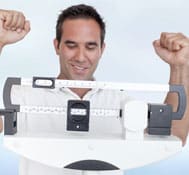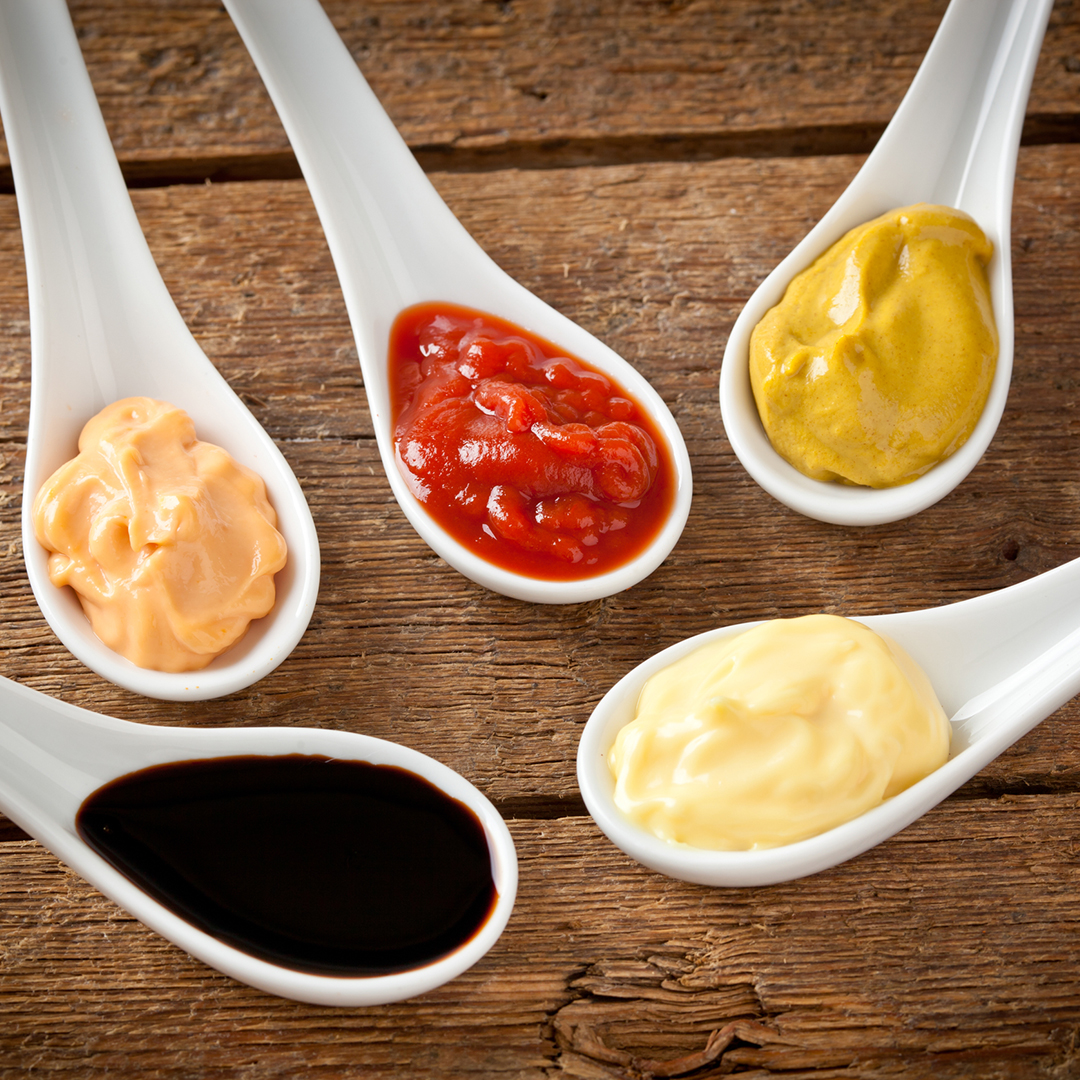When it comes to information about our health, the first port of call for most of us is always the NHS. One of the most reliable sources of health information online for us here in the UK, the NHS don’t just provide medical advice though, they also have some great resources for weight loss, dieting and healthy eating but how does their method work?
The NHS has created a method known as the Eatwell Guide which uses a plate, divided into the different food groups to visually show us how much of each group we should be eating, not necessarily for every meal but across each day and week.
So, what is the advice from the NHS when it comes to healthy eating?
Fruit and Vegetables
One portion of the Eatwell Plate is fruit and vegetables which is where the NHS recommend you try to eat 5 forms of fruits or vegetables a day.
You can choose from fresh, frozen, dried or juiced, one portion of fresh fruit or vegetables being considered 80g.
Juice and smoothies do count towards your 5 a day but due to the high sugar contents, it is recommended to limit your intake of these to just 150ml a day.
Starchy Foods
Starchy foods which is also the portion of our diet where we get the majority of our carbohydrates should actually make up a third of the food we eat according to the NHS.
This advice discounts the theory that carbs are bad for us, however the NHS do recommend opting for wholegrain and fibre rich varieties of starchy foods where possible such as brown rice and pasta as well as mixing up old habits with things such as potato skins – they’re actually really good for you, so leave them on.
Dairy
Dairy or dairy alternatives are considered important for a balanced diet, particularly as they are one of the key sources of calcium in our diet.
The NHS Eatwell Guide recommends we eat ‘some dairy’ in our daily diets such as milk, cheese or yoghurt. Purer forms of dairy such as these are recommended over flavoured yoghurts, desserts etc as they are often lower in fat and sugar and higher in calcium and vitamins.
Protein
Another important section of the Eatwell plate is protein and this is because a lot of the slow-releasing energy in our diet comes from protein sources such as meat, fish, beans and pulses.
The NHS recommends trying to eat vegetarian sources of proteins such as beans and lentils when possible but also suggest that lean cuts of meat and poultry, such as chicken and turkey are also healthy and low-fat sources of protein.
It is also recommended to try and fit at least two portions of fish into your diet a week, one of which should ideally be an oily fish.
Unsaturated Fats
The NHS Eatwell Guide also recognises the need for unsaturated fats in the diet but warns that these foods are high in energy and therefore should be eaten sparingly.
Unsaturated fat foods that can actually be beneficial to the diet include vegetable and rapeseed oils.
Foods High in Salt, Fat and Sugar
The reason the NHS Eatwell plan works so well for so many people is due to the fact that it does not eliminate any foods and even allows for a small amount of ‘treat’ foods to be consumed, which are the foods high in salt, sugar and fat.
This includes cake, biscuits, sweets, ice cream and crisps which do not have to be banned from your diet but eaten in limited quantities.
Water
Water consumption is also a very important element of the Eatwell lifestyle, ensuring adults are drinking 6-8 glasses of plain water a day which helps with digestion, energy and in turn, weight loss.
So, do you think adding the Eatwell way of eating into your life could be beneficial? A good diet alongside your Bodyline medication can improve your weight loss performance, so why not try this plan?















